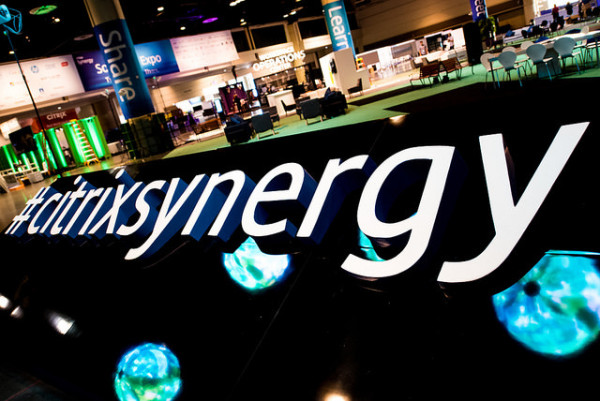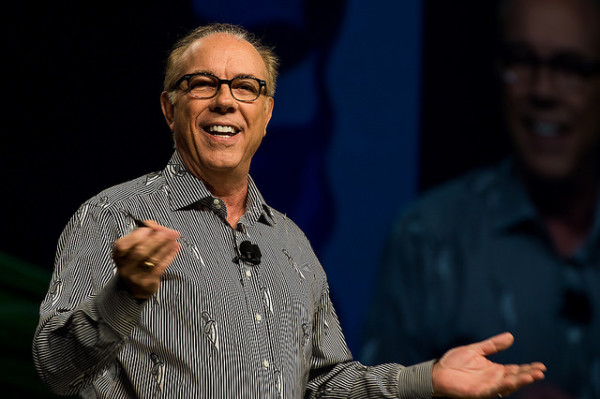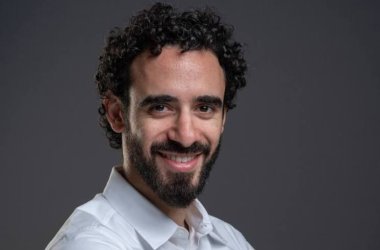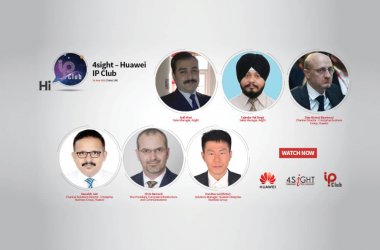Citrix Synergy 2015, held from May 12-14 in Orlando, Florida, gathered thousands of customers, partners and executives to experience the company’s new offerings and updates. CEO Mark Templeton opened the event by sharing the company’s ‘Vision for IT Transformation.’
Templeton outlined Citrix’s plan to change the IT landscape by enabling a “build once, deploy anything” infrastructure. The aim, he says, is to simplify management and provide device-independent endpoints.
As a result, businesses can instantly embrace new ways of working while optimising security, agility and user experience. According to Templeton, modern workspaces are no longer confined to a physical location or a specific device, providing the digital tools users need to get their job done from anywhere.
Specifically, the company is taking on a number of new initiatives to support the goal of creating a truly mobile workspace. Citrix has created a new cloud services control plane that merges on-premise and cloud solutions. The result is secure, mobile workspaces that include desktops as well as applications and data sourced from the infrastructure that best meets the needs of the user.

The company is also extending its support of its popular XenApp 6.5 until 2017 as well as improving storage performance, enhancing profile management, extending helpdesk and troubleshooting tools and enhancing support for Lync, Microsoft’s enterprise communications platform, which was recently rebranded Skype for Business.
In an attempt to differentiate its desktop sharing offerings, Citrix has introduced Workspace Hub, a small system-on-a-chip prototype that enables users to carry virtualised workspaces around with them across types of devices. The Hub detects automatically when the user is on-the-move and out of the range of connected devices, and pushes the virtual workspace to a mobile device within seconds.
Project Octoblu also created quite a buzz during this year’s conference. The software uses a graphical programming language that enables users to easily create rule-based visual flow designs that govern how linked devices and apps function after or during a particular action. In practice, a notification in one app may trigger events throughout the system.
Templeton’s keynote highlighted the rising demand for consumer-like apps in the enterprise setting, including instantaneous access to data and services. Employees want to be able to use familiar and top-of-the-line devices to do business.
“The reality is that the ever-changing consumer marketplace has come to define the technologies that people want to use at work – and rightfully so, since they offer significant enhancements to productivity and efficiency. We wanted to find a way to help businesses feed the wave of innovation versus having to react to it. By enabling on-demand IT for a workspace world, businesses can now deploy new resources in minutes and manage them with ease, no matter where they reside or what device people are using – all while enhancing security, user productivity and business agility,” Templeton said.
In its tenth year, the crowd was eager to know who would take home the coveted Citrix Innovation Award. Templeton announced the winner – Aer Lingus.
“The Citrix platform gives us the ability to actually implement all of those three initiatives while making sure the investment we’re making for the future is going to last, and also give us the competitive advantage,” Derek Monahan, Director of IT Services, Aer Lingus said.
The event brought into focus how customers can enable business to leverage an infrastructure that provides agility without sacrificing security. This is particularly vital in the Middle East region where critical industries are beginning to virtualise systems. “Take for example, oil and gas,” said Kenan Abou Lteif, the company’s Regional Sales Director, “not only do they need to abide by stringent regulations, but they are also working in harsh conditions. We are working with Samsung on a number of projects to support and enable devices that are certified to function in extreme conditions while maintaining compliance protocols.”
Citrix is expanding their involvement in the region, leveraging infrastructure roll-outs and other virtualisation projects that are prevalent in the Middle East. The company is also looking forward and considering their future inclusion with IoT and Smart City initiatives. “Our technology will come into play in the long term,” said Abou Lteif, “we will be the connector that brings digitally enabled technologies together.”
The end goal for Citrix is just that – to bring people, businesses, technology and productivity together in a way that is seamless and secure for the end user.





